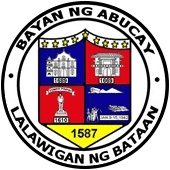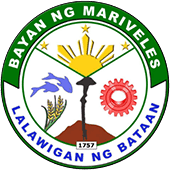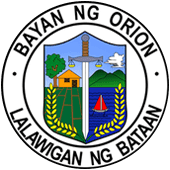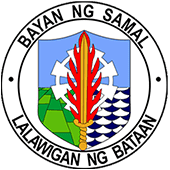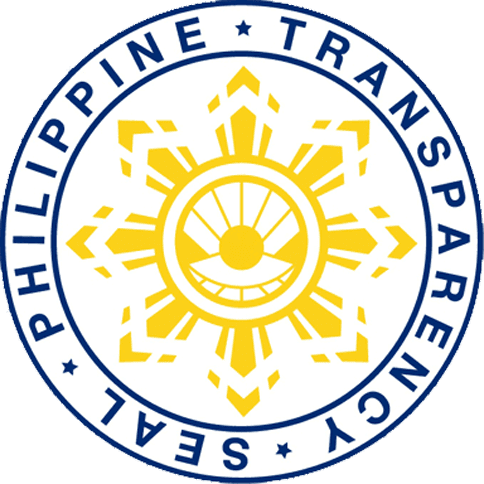Limay
- Home
- Limay
A Brief History of Limay
Legend
During the Spanish regime, several Spanish soldiers were taking a walk along the shore of his town. They came across five (5) persons who were also at the shore and whose craft was destroyed by a strong storm that passed by. One of the Spaniards asked them for the name of this town in his native tongue. Not understanding Spanish, the natives thought that the Spaniards were asking how many are they, so they answered in their dialect, “lima ay”, meaning that they were five in all. The inhabitants of this place are used to saying “ay” as part of their accent. The Spaniards thought that was the answer to their question and went on with the knowledge that this was “Limay”. From then on, this town was called Limay.
Background
One of the towns included in the creation of Bataan as a province was Orion which Limay was then only a barrio of Limay was then a stagnant and undeveloped place, wholly dependent upon the municipal officials of Orion for development and recognition.
On January 1, 1917 by virtue of Executive Order No. 983 by the Governor General Francis Burton Harrison, Limay was proclaimed as an independent municipality. Freed from the bondage of being a mere barrio to full blast progress. Limay aggressively and energetically moved to gain status. Guided by the desire to prove itself and berecognized, its leaders never relented and worked towards making Limay a successful town. Limay was the last municipality created in the province but the first to give a grant share of its income from Realty Tax.
Elected Officials
Mayor: Richie Jason D. David
Vice-Marie Grace R. David
Sangguniang Bayan Members:
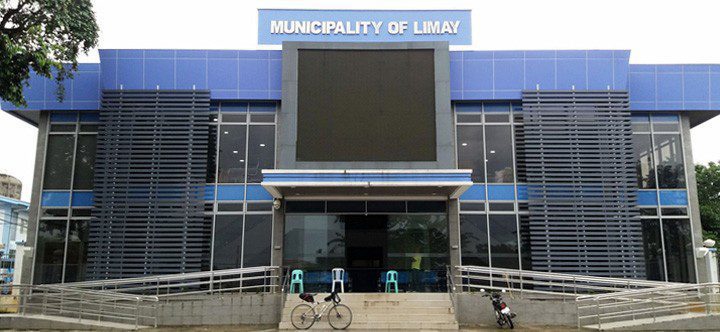
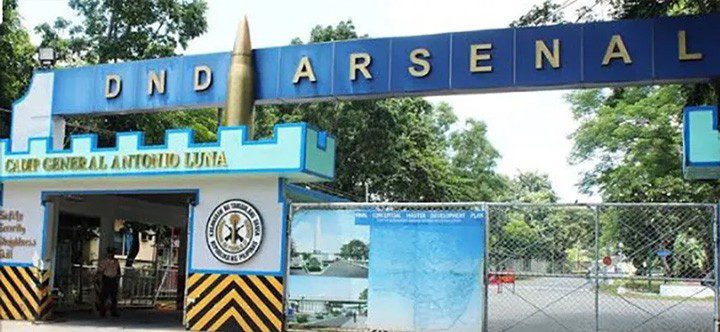
Contact Us
PRESENT
Limay is now a first class municipality in terms of its income, accredited mostly to big establishments existing in the municipality, consequently , they also have a high employment rate. Mostly engineers, skilled and unskilled laborers, technical men from the province and other towns and cities.
FAST FACTS
Limay is located in the southeastern part of Bataan, approximately 15 kilometers from the provincial capital.
It can be reached via Orion Port which is only a 45-minute ferry ride from Manila, plus a 5 to 10 minute ride from Orion to Limay.
The total land area is 10,360 hectares. As of May, 2020 (2021 SOCIO-ECONOMIC PROFILE 2023), the total Population is 78,272 where there are 19, 571 households and a population growth rate of 2.984. The projected population for 2023 is amounting to 85,491.
Major agricultural produce is rice followed by vegetables, mangoes, bananas and root crops.
Limay lies along the Manila Bay and has ample fish production to meet local demand in the area. Fish and aquatic products in the area include theraponid (babansi), acetes (alamang), mackerel (hasa-hasa), and grouper (lapu-lapu).
UTILITIES AND AMENITIES
Power is supplied by Peninsula Electric Cooperative (PENELCO), National Power Corporation (NPC) and the Asea Brown Boveri (ABB) with a combined capacity of 1,000 megawatts.
The water requirements of the municipality is being served by the Limay Water District I and II, Lamao Water District, deep wells, shallow wells, and springs.
Telecommunications facilities are provided by the Philippine Postal Corporation, Bereau of Telecommunication (BUTEL), RCPI, PLDT and cellular phones like SMART and Mobiline.
In Limay (2021 SOCIO-ECONOMIC PROFILE 2023), there are nine banks in operation, including the Rural Bank of Limay, Bank of the Philippine Islands, BPI Direct Banko, Inc., PhilTrust Bank, Card SME Bank, Inc., Philippine Business Bank, Philippine National Bank, Land Bank of the Philippines, and United Coconut Planters Bank-Limay. Additionally, there are a total of 27 educational institutions consisting of 18 public schools and 9 private schools . For recreation, there are 13 inland resorts available to visit.
MAJOR INDUSTRIES
There are several heavy industries operating in Limay which include the Petron Bataan Refinery, the Planters Product Inc., Columbian Carbon Philippines, Philippine Explosives, National Power Corporation, Government Arsenal and Asea Brown Boveri. Limay is also host toe the Limay Bulk Handling Terminal and Limay Grinding Mills.
For the small and cottage industries, fish drying, iron and metal craft are dominant in the area.
PALAY PRODUCTION
As of 2021 (2021 SOCIO-ECONOMIC PROFILE 2023), the effective area of palay production is 680.20 hectares. Yielding an estimated 1,843.35 metric tons or 40,073 cavans of rice. The average production is computed to 2.71 metric tons per hectare of rice-land or 59 cavans.
FISHERIES
The fishing community in Limay (2021 SOCIO-ECONOMIC PROFILE 2023) comprises of 1,385 individuals who engage in full-time fishing endeavors, utilizing an aggregate of 1,104 motorized vessels. This cohort of fishermen are availed of a communal landing and fish port, which furnishes them with facilities that facilitate the post-harvest process, including the smoking and drying of their catch.
INVESTMENT OPPORTUNITIES
The growing demand in real estate is currently being experienced in the town of Limay. Investors can dive into developing residential properties, such as townhouses, condominiums, or apartments, to cater to this increasing demand. Opportunities to develop commercial properties, such as shopping centers, hotels, and office buildings are also an area of investment.
As the home to the largest refinery in the Philippines, skilled workers and highly technical people can be found within the area. As this town is endowed with natural resources such as wind, solar, and hydro power, Limay is a high potential hub for renewable energy.
Limay is strategically located near the port of Manila, an ideal location for manufacturing and its facilities, such as factories and warehouses.
The Bunker
@ The Capitol Compound
Tenejero, Balanga City, Bataan 2100
Mon – Fri: 8:00 am – 5:00 pm


